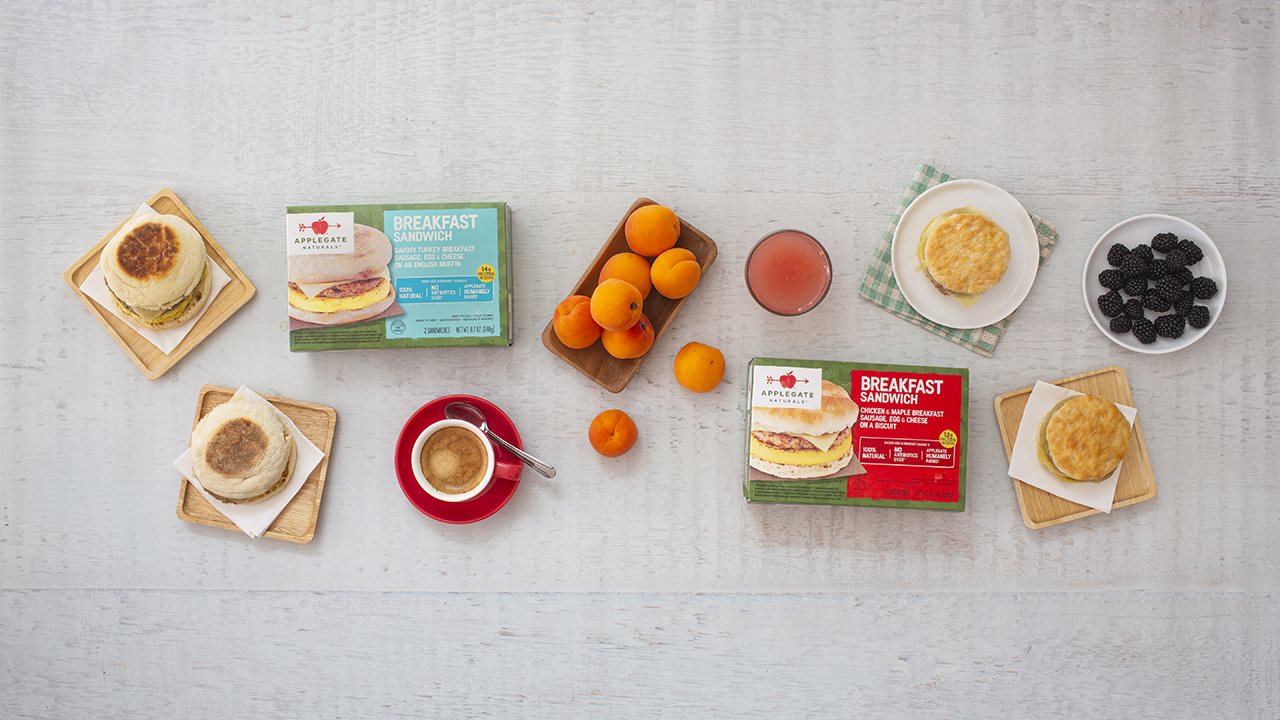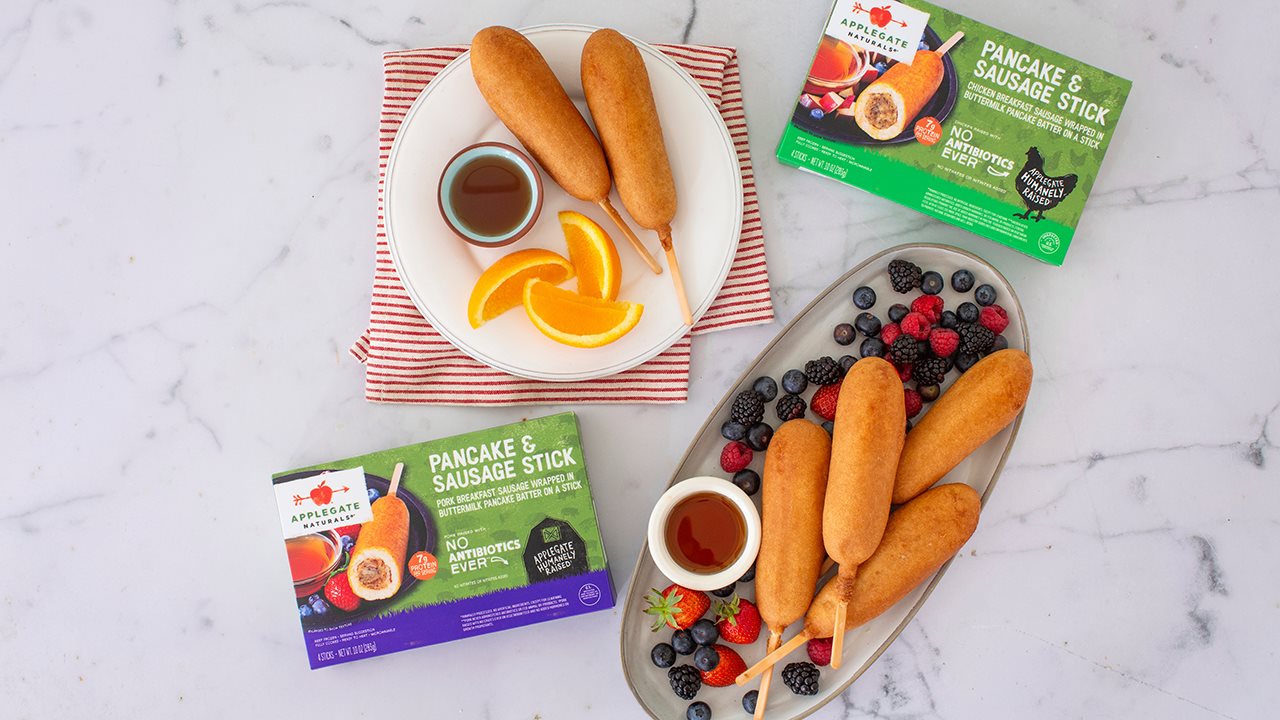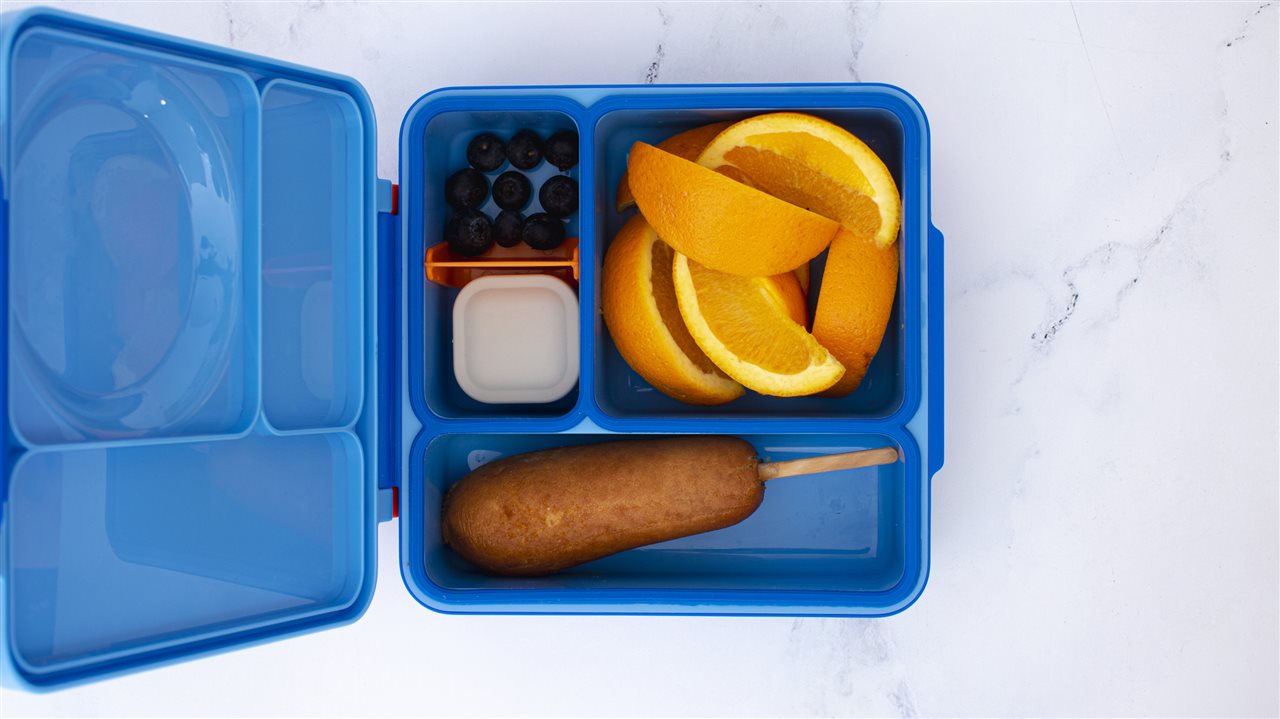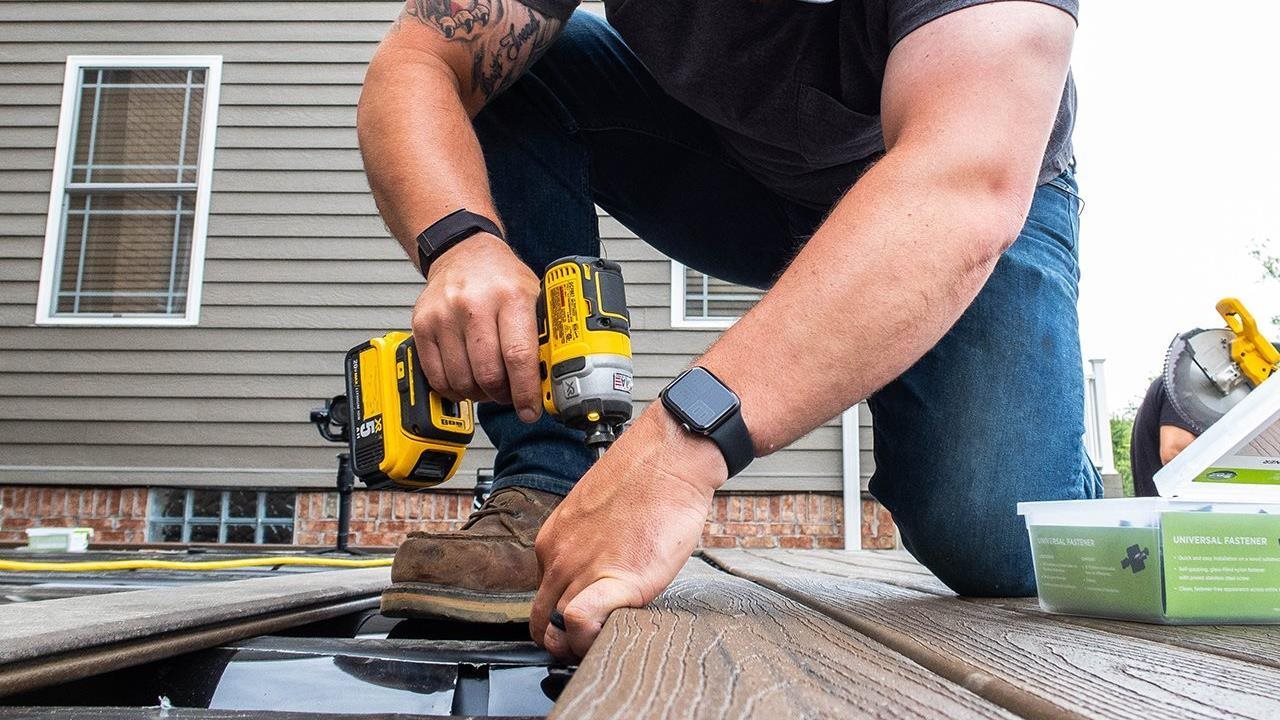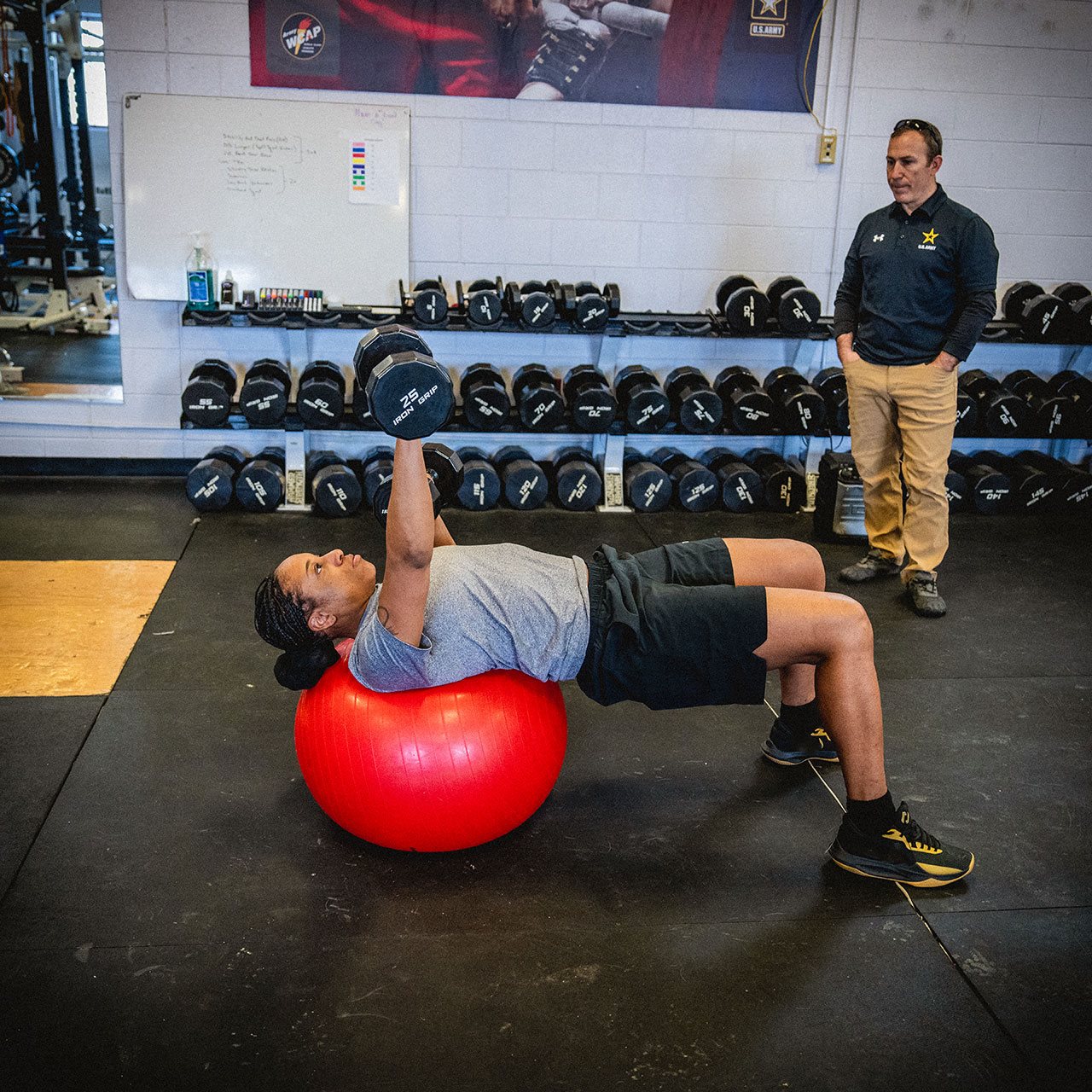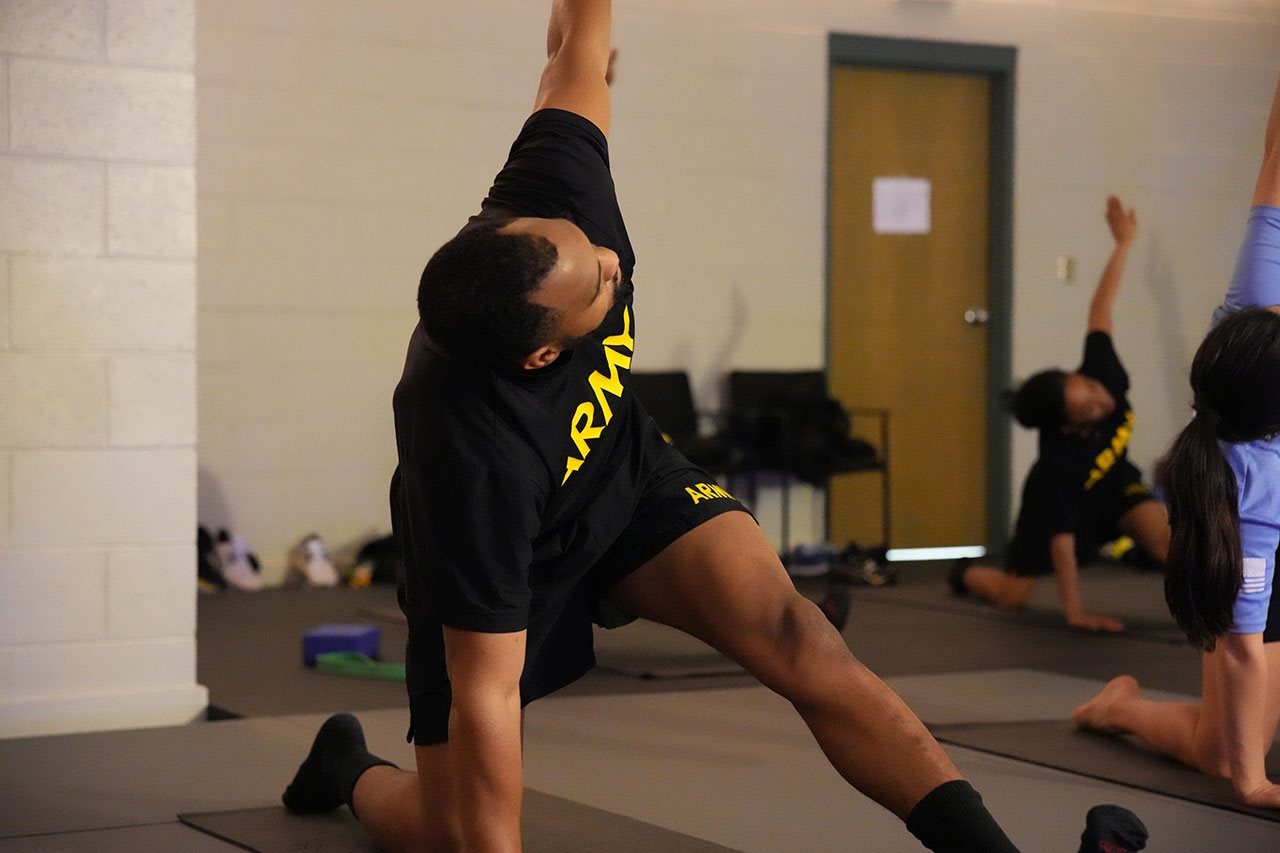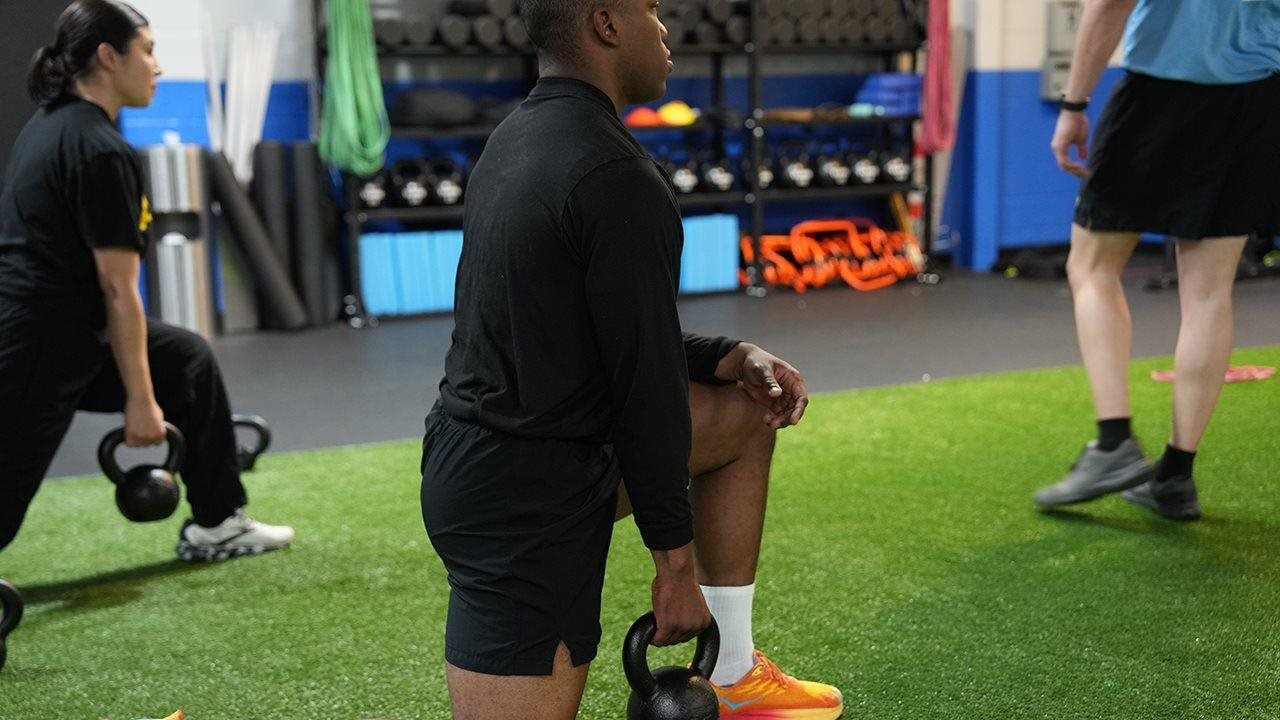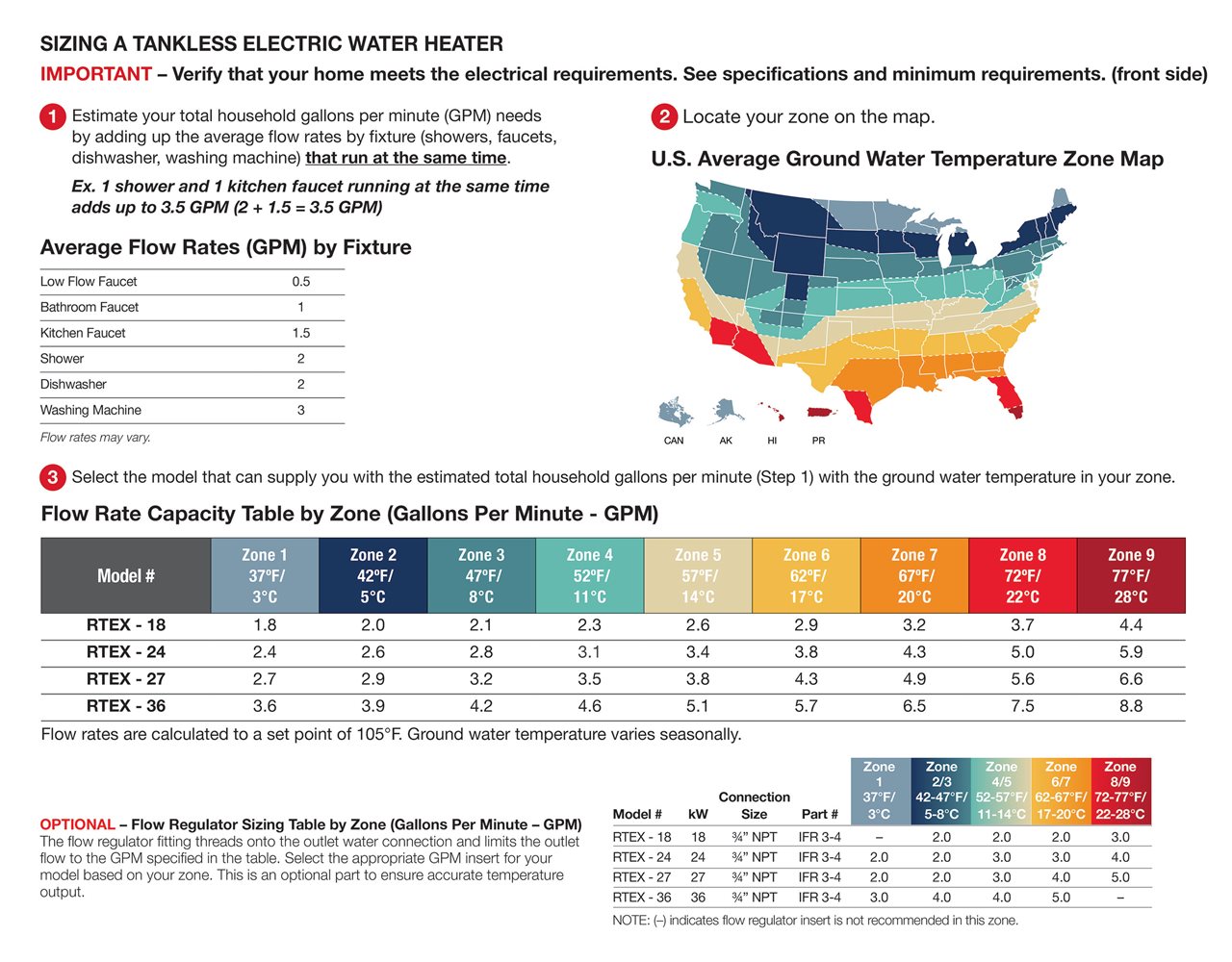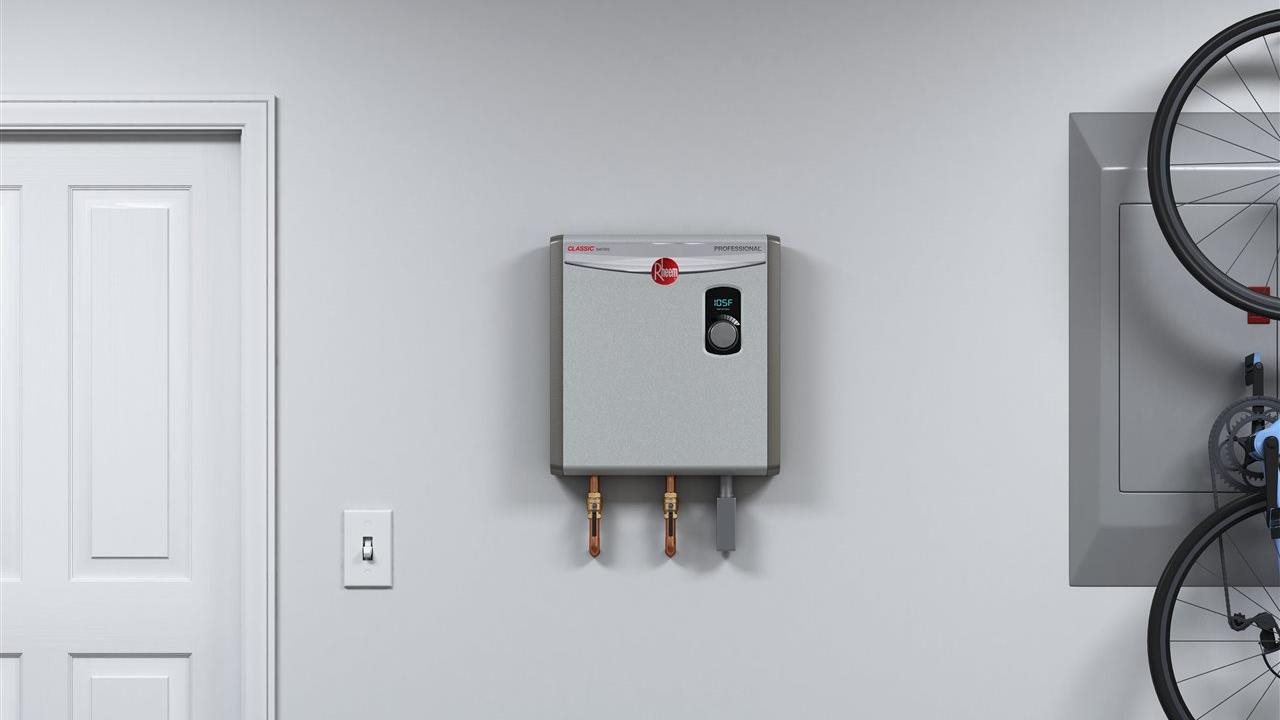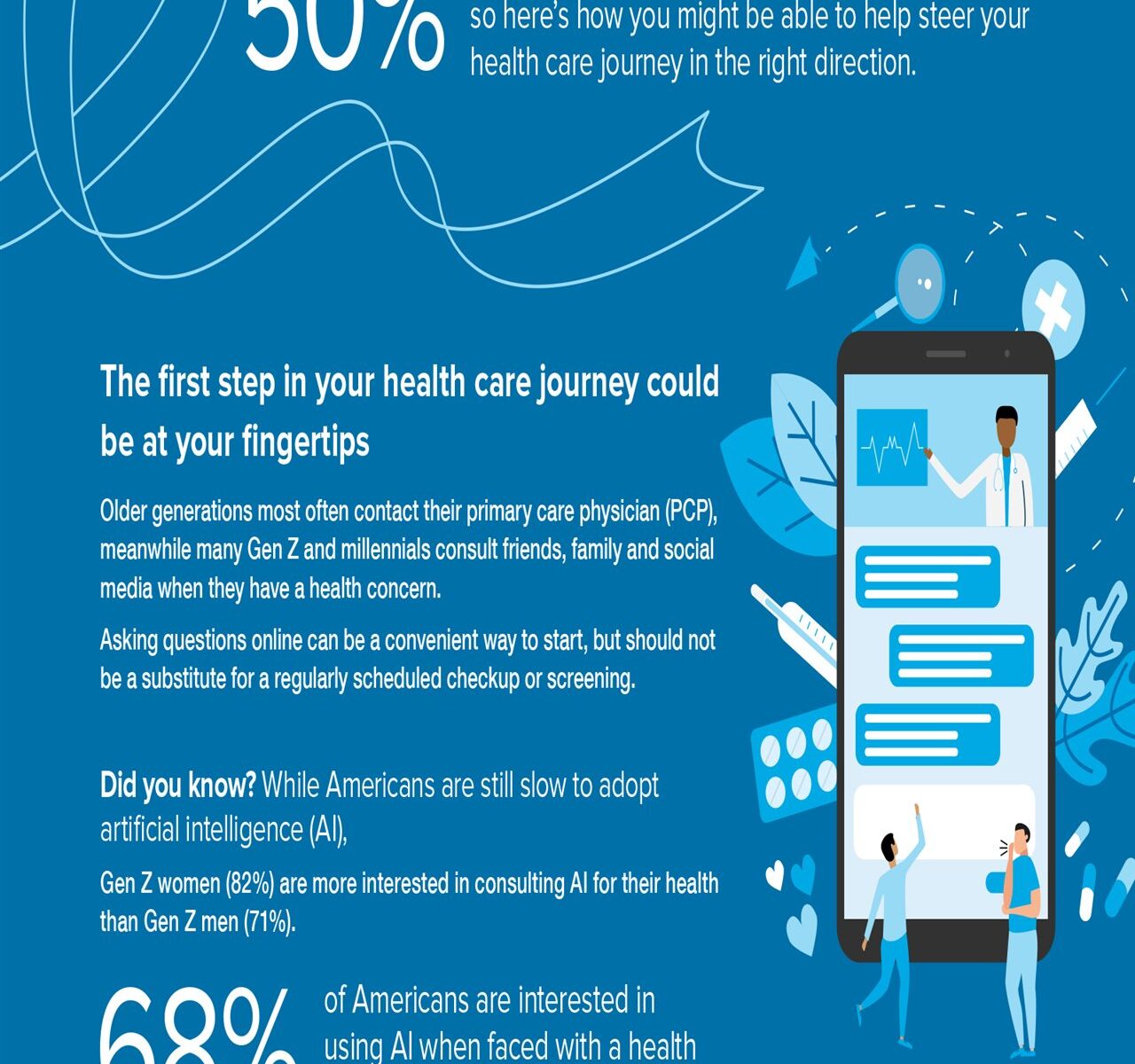2025-09-03T07:01:00
(BPT) – Whether you’ve already visited Italy and yearn to return, or you’re dreaming of your first trip, you may not be fully aware how much charm, beauty and history the country offers apart from its most famous cities. When you’re searching for “la dolce vita,” you may want to focus more attention on the authentically engaging character of some of Italy’s lesser-explored cities and towns.
To immerse yourself in warm sun and warmer people, stunning scenery, exquisite art and the best food on the planet, look beyond Italy’s largest cities to explore the irresistible cuisine, fascinating history and lush beauty found in many smaller towns. Travel expert Steve Perillo, president and third generation owner of Perillo Tours, offers his experience to help travelers enjoy the best of Italy, in honor of Perillo’s 80th anniversary.
“Italy contains so many hidden gems that travelers may be unaware of, especially when they are new to visiting the country,” said Perillo. “To help our guests make the most of their trips, we create itineraries specially designed to introduce less-explored towns and areas that allow guests to dive deeper into the culture and truly experience what makes Italy one of the most sought-after travel destinations in the world.”
Here are Perillo’s top picks for 5 lesser-known Italian gems.

1. Birthplace of Christopher Columbus: Genoa
Not far from Portofino and Turin, Genoa’s position on Italy’s northwest coast lends it a rich maritime history. You’ll imagine you’ve traveled back to medieval times as you stroll narrow alleyways and explore stunning churches and historic palaces.
When you’re not soaking in Genoa’s timeless beauty, savor cuisine like fresh seafood, local specialties like focaccia and the renowned “pesto alla Genovese,” a vibrant sauce made with fresh basil leaves, pine nuts, garlic, Parmesan cheese, Pecorino Sardo cheese and extra virgin olive oil.
Enjoy Genoa’s stunning coastal views with Perillo’s new 9-Day Gems of Italy Tour, combining Genoa’s maritime heritage with Florence’s Renaissance wonders for an authentic taste of Northern Italian culture.

2. Food lovers’ paradise: Val d’Orcia
Gorgeous rolling hills and cypress-lined roads in Val d’Orcia resemble a living painting, perfect for photography or just soaking in the Tuscan countryside’s breathtaking beauty. The climate and soil around this town, 30 miles from Siena, make it ideal for creating the world’s finest wines, cheeses and olive oil. A trip to Val D’Orcia is not complete without visiting charming area vineyards like the home of Brunello di Montalcino wines.
Val d’Orcia is featured in Perillo’s 9-Day Gems of Italy Tour.

3. Medieval masterpiece: Todi
For history buffs and beauty lovers, Todi’s well-preserved medieval architecture, cobblestone streets and charming piazzas will charm the eye, as will stunning panoramic views of the Umbrian countryside. Perched atop a hill, Todi’s rich cultural legacy is filled with historic landmarks like its beautiful square featuring the impressive Palazzo del Popolo, and the Cathedral of Todi. Stop at a local trattoria to enjoy Umbrian cuisine celebrating local ingredients like wild boar, wild mushrooms and truffles.
Discover the wonders of Todi through the 10-Day Heart of Italy Tour, featuring Rome, Florence and smaller gems like Todi with activities like chocolate and wine tasting, plus plenty of free time to explore.

4. Legendary town: Gubbio
Legend has it St. Francis (San Francesco in Italian) once tamed a wolf that struck fear into the hearts of Gubbio’s residents. You can imagine saints and monks strolling the narrow medieval streets and entering beautifully preserved buildings in Gubbio, a town not far from Perugia. Highlights include the beautiful Palazzo dei Consoli, Roman Theater and Church of San Francesco, which all transport you back to the Middle Ages.
Gubbio is also famous for the world’s largest “Christmas tree”: a giant tree made of lights arranged along the slopes of Mount Ingino, nearly 2,460 feet high and over 3,280 feet wide, which is visible from miles away. You can ride the funivia (cable car) to the top of Mount Ingino for breathtaking views of the Umbrian countryside.
Gubbio is also included in Perillo’s 10-Day Heart of Italy Tour.

5. Beach lovers’ utopia: Otranto
Otranto’s crystal-clear waters and stunning sandy beaches are perfect for relaxing. Just 30 miles from the town of Lecce on Italy’s eastern coast, Otranto is known for its rocky cliffs with breathtaking views of the Adriatic. You can also step back in time by visiting the town’s historic center, a UNESCO World Heritage site, plus nearby Aragonese Castle and Otranto Cathedral.
Explore Otranto on the 12-Day Best of Southern Italy Tour, highlighting two of Italy’s most beautiful regions: Campania and Puglia, to visit important historic towns and sample some of Italy’s finest food.
Since 1945, three generations of the Perillo family have perfected the art of traveling to Italy, making Perillo Tours America’s leading tour operator to the country. Crafting itineraries with an ideal balance of sightseeing, free time and activities, Perillo offers glimpses into each Italian city and region’s rich traditions. As a growing company, Perillo has expanded to new destinations, offering fully escorted tours to Greece, Ireland, Portugal, Spain, and Hawaii. Through Perillo Custom Vacations, independent travelers can also design and book a customized vacation to meet their individual needs and desires. For parties of 10 or more, Perillo’s Custom Groups will create bespoke itineraries to various European destinations.
Visit PerilloTours.com to plan your trip today.







